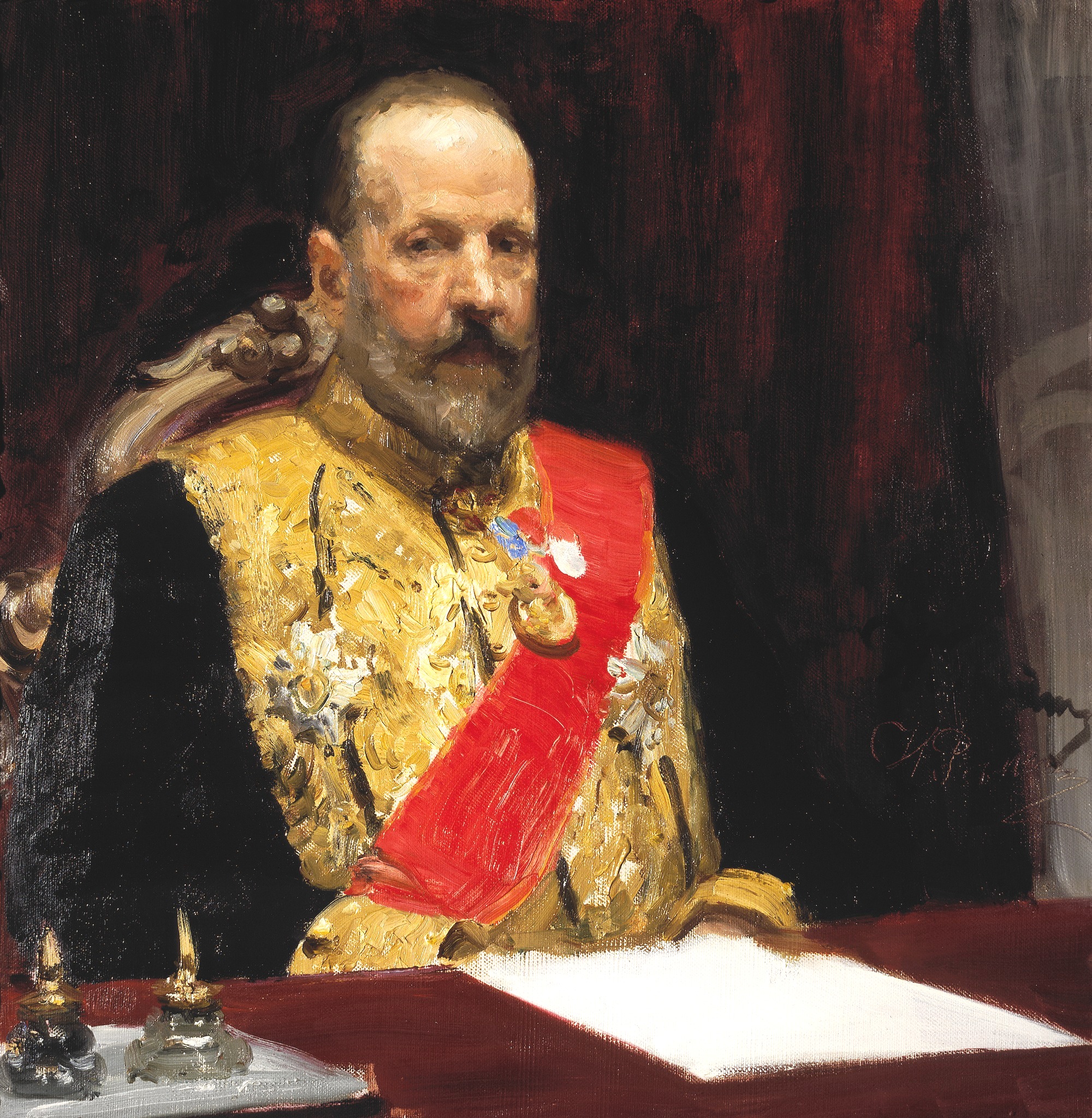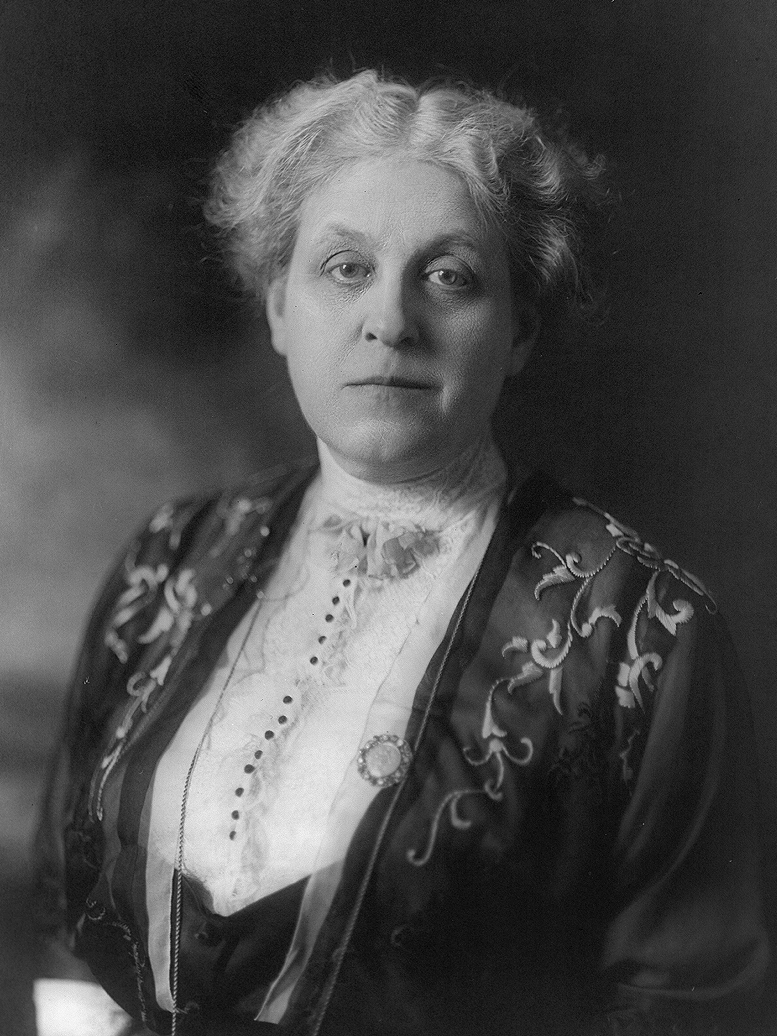|
All-Russian Union For Women's Equality
All-Russian Union for Women's Equality (russian: Всероссийский союз равноправия женщин) was a liberal feminist organisation formed in the Russian Empire during the Russian Revolution of 1905. The Union demanded equal political, particularly voting, rights to women. The Union had main centers in Moscow and Saint Petersburg and a number of local chapters in various cities of the Empire. At its peak in 1906, the Union had 8,000 members and 78 branches in 65 cities. The Union published monthly magazine ''Women's Union'' (Союз женщин) in 1907–09. The Union disintegrated soon after the end of the revolution. Despite lack of tangible feminist achievements, the Union succeeded in raising awareness and political consciousness of many women in the Russian Empire. Formation and goals The Union was formed by 30 liberal women a month after the Bloody Sunday (22 January 1905). The founding members included Zinaida Mirovich, Anna Kalmanovich, Liubov ... [...More Info...] [...Related Items...] OR: [Wikipedia] [Google] [Baidu] |
Feminist
Feminism is a range of socio-political movements and ideologies that aim to define and establish the political, economic, personal, and social equality of the sexes. Feminism incorporates the position that society prioritizes the male point of view and that women are treated unjustly in these societies. Efforts to change this include fighting against gender stereotypes and improving educational, professional, and interpersonal opportunities and outcomes for women. Feminist movements have campaigned and continue to campaign for women's rights, including the right to vote, run for public office, work, earn equal pay, own property, receive education, enter contracts, have equal rights within marriage, and maternity leave. Feminists have also worked to ensure access to contraception, legal abortions, and social integration and to protect women and girls from rape, sexual harassment, and domestic violence. Changes in female dress standards and acceptable physical activiti ... [...More Info...] [...Related Items...] OR: [Wikipedia] [Google] [Baidu] |
Co-education
Mixed-sex education, also known as mixed-gender education, co-education, or coeducation (abbreviated to co-ed or coed), is a system of education where males and females are educated together. Whereas single-sex education was more common up to the 19th century, mixed-sex education has since become standard in many cultures, particularly in Western countries. Single-sex education remains prevalent in many Muslim countries. The relative merits of both systems have been the subject of debate. The world's oldest co-educational school is thought to be Archbishop Tenison's Church of England High School, Croydon, established in 1714 in the United Kingdom, which admitted boys and girls from its opening onwards. This has always been a day school only. The world's oldest co-educational both day and boarding school is Dollar Academy, a junior and senior school for males and females from ages 5 to 18 in Scotland, United Kingdom. From its opening in 1818, the school admitted both boys and gi ... [...More Info...] [...Related Items...] OR: [Wikipedia] [Google] [Baidu] |
Organizations Based In The Russian Empire
An organization or organisation (Commonwealth English; see spelling differences), is an entity—such as a company, an institution, or an association—comprising one or more people and having a particular purpose. The word is derived from the Greek word ''organon'', which means tool or instrument, musical instrument, and organ. Types There are a variety of legal types of organizations, including corporations, governments, non-governmental organizations, political organizations, international organizations, armed forces, charities, not-for-profit corporations, partnerships, cooperatives, and educational institutions, etc. A hybrid organization is a body that operates in both the public sector and the private sector simultaneously, fulfilling public duties and developing commercial market activities. A voluntary association is an organization consisting of volunteers. Such organizations may be able to operate without legal formalities, depending on jurisdiction, incl ... [...More Info...] [...Related Items...] OR: [Wikipedia] [Google] [Baidu] |
1905 Russian Revolution
The Russian Revolution of 1905,. also known as the First Russian Revolution,. occurred on 22 January 1905, and was a wave of mass political and social unrest that spread through vast areas of the Russian Empire. The mass unrest was directed against the Tsar, nobility, and ruling class. It included worker strikes, peasant unrest, and military mutinies. In response to the public pressure, Tsar Nicholas II enacted some constitutional reform (namely the October Manifesto). This took the form of establishing the State Duma, the multi-party system, and the Russian Constitution of 1906. Despite popular participation in the Duma, the parliament was unable to issue laws of its own, and frequently came into conflict with Nicholas. Its power was limited and Nicholas continued to hold the ruling authority. Furthermore, he could dissolve the Duma, which he often did. The 1905 revolution was primarily spurred by the international humiliation as a result of the Russian defeat in the Russo-Japa ... [...More Info...] [...Related Items...] OR: [Wikipedia] [Google] [Baidu] |
Feminist Organizations In Russia
Feminism is a range of socio-political movements and ideology, ideologies that aim to define and establish the political, economic, personal, and social gender equality, equality of the sexes. Feminism incorporates the position that society prioritizes the male point of view and that women are treated unjustly in these societies. Efforts to change this include fighting against gender stereotypes and improving educational, professional, and interpersonal opportunities and outcomes for women. Feminist movements have campaigned and continue to campaign for women's rights, including the right to Women's suffrage, vote, Nomination rules, run for public office, Right to work, work, earn gender pay gap, equal pay, Right to property, own property, Right to education, receive education, enter contracts, have equal rights within marriage, and maternity leave. Feminists have also worked to ensure access to contraception, legal abortions, and social integration and to protect women an ... [...More Info...] [...Related Items...] OR: [Wikipedia] [Google] [Baidu] |
The Great Soviet Encyclopedia
The ''Great Soviet Encyclopedia'' (GSE; ) is one of the largest Russian-language encyclopedias, published in the Soviet Union from 1926 to 1990. After 2002, the encyclopedia's data was partially included into the later ''Bolshaya rossiyskaya entsiklopediya'' (or ''Great Russian Encyclopedia'') in an updated and revised form. The GSE claimed to be "the first Marxist–Leninist general-purpose encyclopedia". Origins The idea of the ''Great Soviet Encyclopedia'' emerged in 1923 on the initiative of Otto Schmidt, a member of the Russian Academy of Sciences. In early 1924 Schmidt worked with a group which included Mikhail Pokrovsky, (rector of the Institute of Red Professors), Nikolai Meshcheryakov (Former head of the General Directorate for the Protection of State Secrets in the Press, Glavit, the State Administration of Publishing Affairs), Valery Bryusov (poet), Veniamin Kagan (mathematician) and Konstantin Kuzminsky to draw up a proposal which was agreed to in April 1924. Also in ... [...More Info...] [...Related Items...] OR: [Wikipedia] [Google] [Baidu] |
League For Women’s Equality
All-Russian League for Women's Equality (russian: Всероссийская лига равноправия женщин) was the most important women's organization in the Russian Empire from 1907 to the October Revolution of 1917. It was officially registered on 6 March 1907. Its membership was restricted to women and generally varied between 1,500 and 2,000 members with main branches in Moscow and Saint Petersburg and several smaller regional chapters, including those in Kharkov and Tomsk. It was governed by a 16-member council serving three-year terms. Many former members and leaders of the Union for Women's Equality joined the league, including Zinaida Mirovich, Anna Kalmanovich, Liudmila Ruttsen, Ariadna Tyrkova-Williams, Jekaterina Shchepkina, and Olga Shapir. The league combined philanthropic goals, education and mutual aid, with political agenda of equal rights. The league lobbied State Duma and succeeded in passing laws equalizing inheritance rights and removing pas ... [...More Info...] [...Related Items...] OR: [Wikipedia] [Google] [Baidu] |
Russian Rubles
''hum''; cv, тенкĕ ''tenke''; kv, шайт ''shayt''; Lak: къуруш ''k'urush''; Mari: теҥге ''tenge''; os, сом ''som''; tt-Cyrl, сум ''sum''; udm, манет ''manet''; sah, солкуобай ''solkuobay'' , name_abbr = руб, Rbl , image_1 = Banknote_5000_rubles_2010_front.jpg , image_title_1 = banknote of the current series , image_2 = Rouble coins.png , image_title_2 = Coins , iso_code = RUB , date_of_introduction = 14 July 1992:RUR (1 SUR = 1 RUR)1 January 1998:RUB (1,000 RUR = 1 RUB) , replaced_currency = Soviet ruble (SUR) , using_countries = , unofficial_users = , inflation_rate = 12.0% (November 2022) , inflation_source_date Bank of Russia, inflation_method = CPI , unit = ruble , subunit_ratio_1 = , subunit_name_1 = kopeyka (копейка) ''tiyen''; ba, тин ''tin''; cv, пус ''pus''; os, капекк ''kapekk''; udm, коны ''kony''; Mari: ыр ''yr''; sah, харчы ''harchy'' , symbol ... [...More Info...] [...Related Items...] OR: [Wikipedia] [Google] [Baidu] |
Red Cross
The International Red Cross and Red Crescent Movement is a Humanitarianism, humanitarian movement with approximately 97 million Volunteering, volunteers, members and staff worldwide. It was founded to protect human life and health, to ensure respect for all human beings, and to prevent and alleviate human suffering. Within it there are three distinct organisations that are legally independent from each other, but are united within the movement through common basic principles, objectives, symbols, statutes and governing organisations. History Foundation Until the middle of the nineteenth century, there were no organized or well-established army nursing systems for casualties, nor safe or protected institutions, to accommodate and treat those who were wounded on the battlefield. A devout Calvinism, Calvinist, the Swiss businessman Jean-Henri Dunant traveled to Italy to meet then-French emperor Napoleon III in June 1859 with the intention of discussing difficulties in conducting ... [...More Info...] [...Related Items...] OR: [Wikipedia] [Google] [Baidu] |
State Duma (Russian Empire)
The State Duma, also known as the Imperial Duma, was the lower house of the Governing Senate in the Russian Empire, while the upper house was the State Council. It held its meetings in the Taurida Palace in St. Petersburg. It convened four times between 27 April 1906 and the collapse of the Empire in February 1917. The first and the second dumas were more democratic and represented a greater number of national types than their successors. The third duma was dominated by gentry, landowners and businessmen. The fourth duma held five sessions; it existed until 2 March 1917, and was formally dissolved on 6 October 1917. History Coming under pressure from the Russian Revolution of 1905, on August 6, 1905 (O.S.), Sergei Witte (appointed by Nicholas II to manage peace negotiations with Japan after the Russo-Japanese War of 1904–1905) issued a manifesto about the convocation of the Duma, initially thought to be a purely advisory body, the so-called Bulygin-Duma. In the subsequent ... [...More Info...] [...Related Items...] OR: [Wikipedia] [Google] [Baidu] |
International Woman Suffrage Alliance
The International Alliance of Women (IAW; french: Alliance Internationale des Femmes, AIF) is an international non-governmental organization that works to promote women's rights and gender equality. It was historically the main international organization that campaigned for women's suffrage. IAW stands for an inclusive, intersectional and progressive liberal feminism. IAW's principles state that all genders are "born equally free nd areequally entitled to the free exercise of their individual rights and liberty," that "women’s rights are human rights" and that "human rights are universal, indivisible and interrelated." IAW is traditionally the dominant international non-governmental organization within the liberal (or bourgeois) women's movement. The basic principle of IAW is that the full and equal enjoyment of human rights is due to all women and girls. It is one of the oldest, largest and most influential organizations in its field. The organization was founded as the Int ... [...More Info...] [...Related Items...] OR: [Wikipedia] [Google] [Baidu] |





